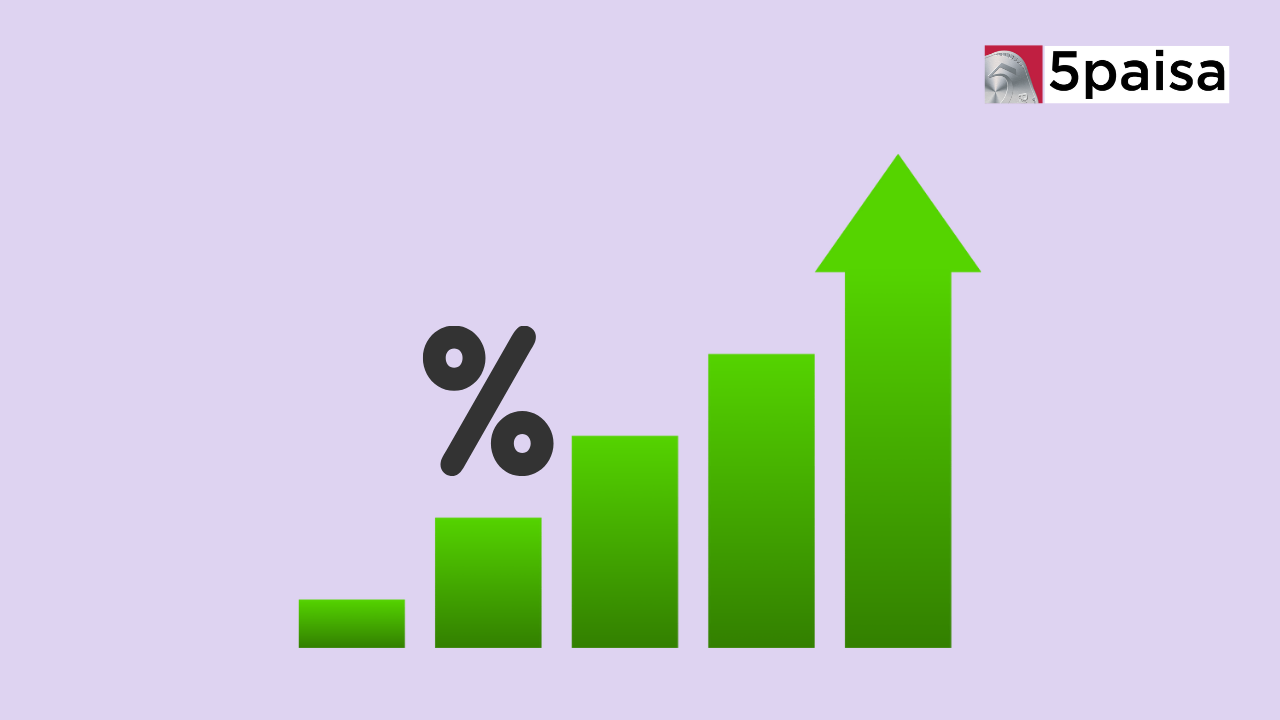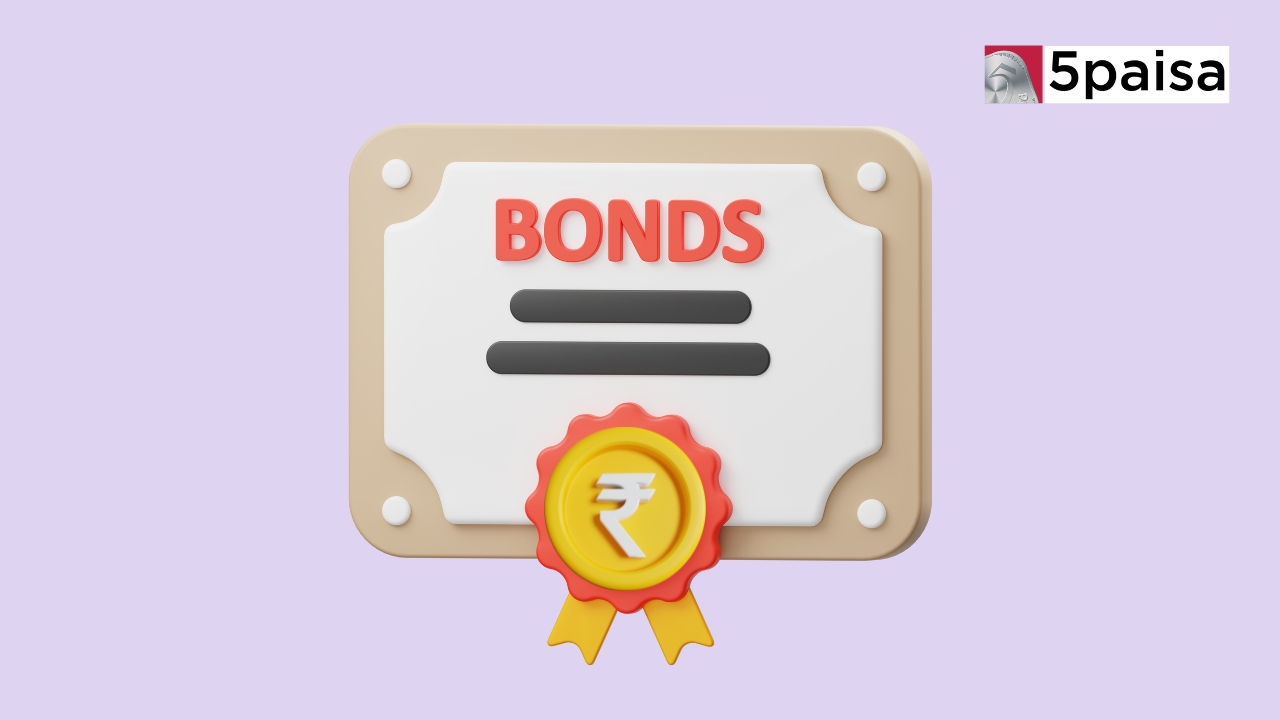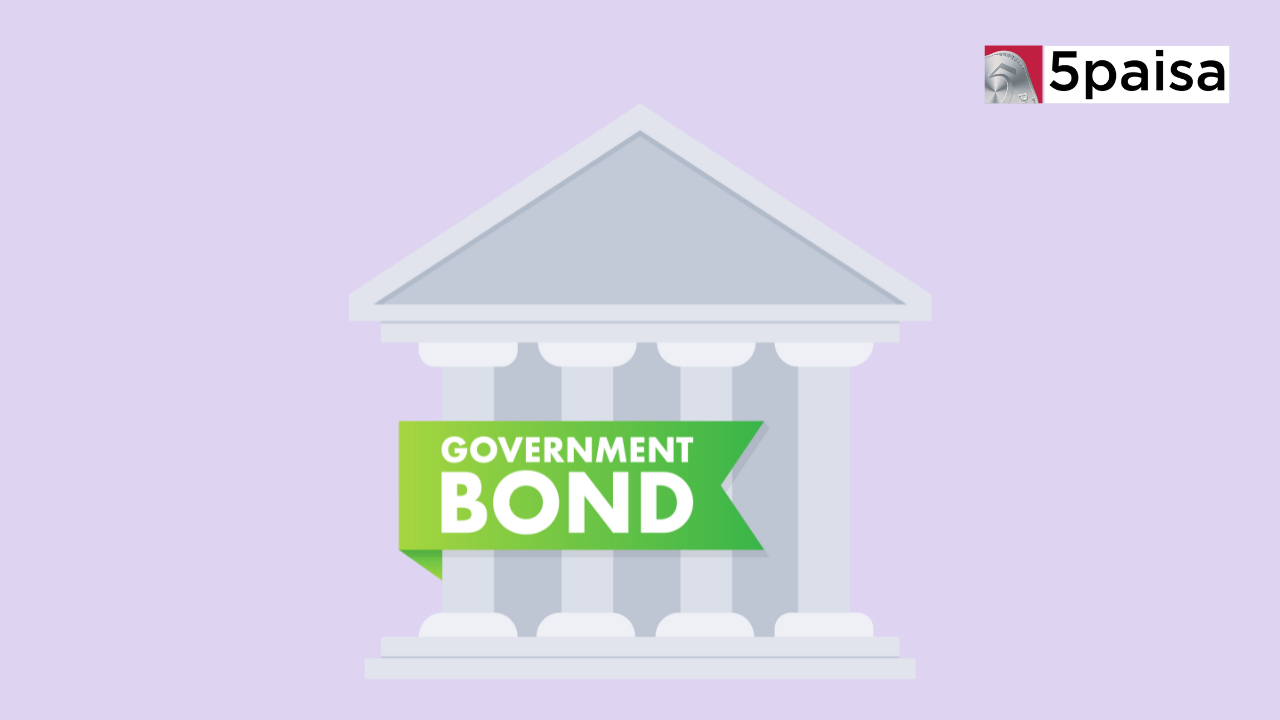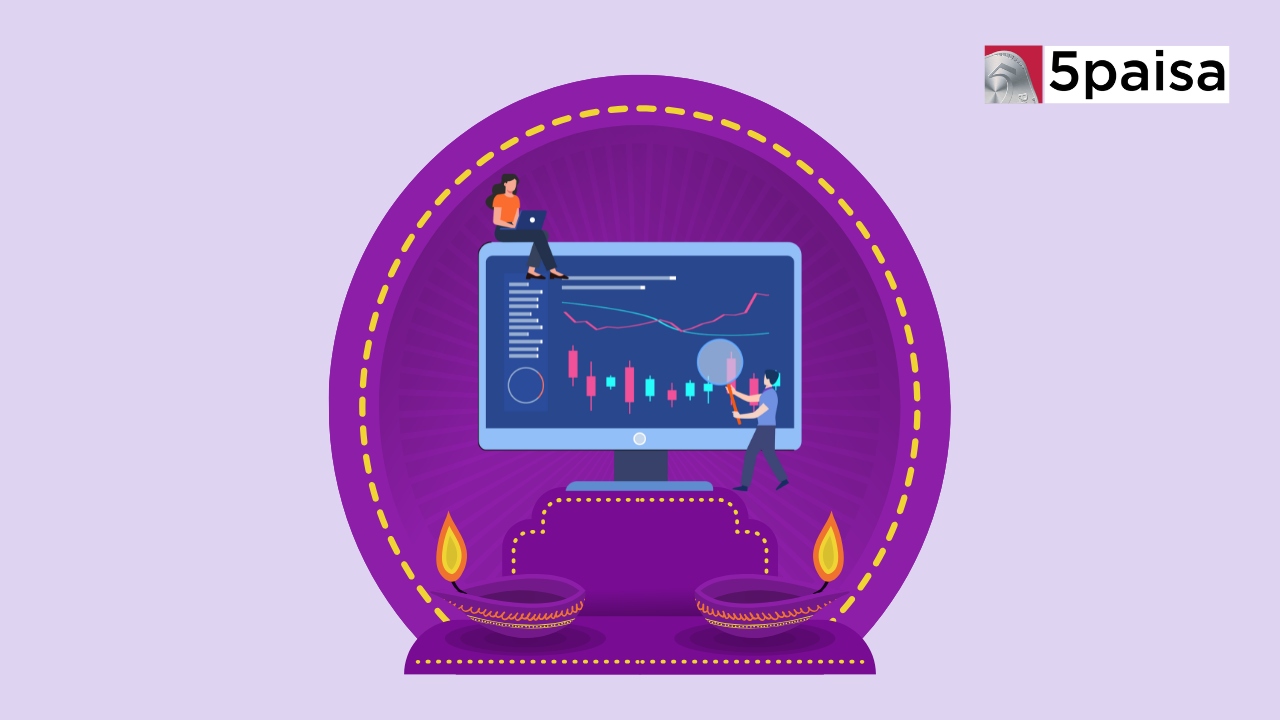Top Growth Stocks Trading at a Discount
Why have FD interest rates declined over the years?

Last Updated: 22nd February 2023 - 10:12 am
Fixed deposits have long been one of the most preferred mediums for savings in India. FDs not only offer a risk-free return over a period, but also the benefit of liquidity—FDs can be withdrawn prematurely, albeit at a lower interest rate than agreed upon originally. Longer-duration FDs also offer the benefit of tax saving under Section 80C of the Income Tax Act, but there is a lock-in of at least five years.
There was a time when fixed deposits could earn interest even in double digits. But interest rates have declined over the past two decades. The Reserve Bank of India’s data shows the average domestic term deposit rate of commercial banks, or the average interest rate offered on fixed deposits, was as high as 8.78% (refer chart) in March 2013.
Since this is the average rate, one can assume the highest rate may have been touching or crossed 10%. This average rate on term or fixed deposits declined to 5.78% in December 2022. To understand the reasons behind the change, let us first see how the interest rate on fixed deposit is, well, fixed.
How banks fix interest rate on FDs?
Banks are free to set own rates on fixed deposits, but the RBI has instruments to influence the direction and quantum of the change in this rate. These instruments are mainly used to keep a control on inflation-growth metric. The key instruments in the hand of RBI are the repo rate and the reverse repo rate.
The RBI is the lender of last resort for banks and it also takes deposits from banks. The repo rate is the interest rate it charges the banks for short-term lending, and the reverse repo rate is the interest rate it offers banks for keeping short-term deposits. Now, the RBI always wants to keep inflation in check, but it can be tricky. Whenever the RBI wants to bring down inflation it increases the repo rate to discourage people from borrowing to buy, and when inflation is down it is time to spur growth by cutting the rate.
The interest rates on fixed deposits usually follow the trajectory of the repo rate, which in turn is typically linked to inflation.
In April 2014, when the consumer price-linked inflation was 8.48% and the repo rate was 8.00%, the average fixed deposit rate offered by scheduled commercial banks as per the RBI data was 8.78%. The average deposit rate fell to 6.71% four years later when inflation was 4.58%, within the RBI’s target range of 2-6%, and the repo rate was 6.00%.
The weighted average interest rate on FDs fell further to 5.20% four years later in April 2022 when the repo rate was 4.00%. But inflation had then just started to slip out of the RBI’s comfort zone and hit 7.79% during the month. Consequently, the RBI again started to raise repo rate and by December 2022, the average interest rate on fixed deposits inched up to 5.78% as the RBI gradually raised repo rate to 6.25%.
The data show how the three—fixed deposit rates, repo rate and inflation are closely and directionally linked. However, the changes in repo rate seep into fixed deposit rates with a lag, hence there is no one-to-one movement.
And then there are other factors that influence interest rates on fixed deposits.
Competition – Many banks, especially new ones, offer higher interest rates on fixed deposits to garner funds. The difference in fixed deposit interest rates between a bank eager to raise funds and another could be as high as 200 basis points or even more, depending on circumstances.
The RBI hasn’t given many commercial bank licences in the past few years, leading to less competition to garner funds from fixed deposits.
Liquidity – If the liquidity in the banking system is high, banks may not be keen to raise funds through fixed deposits as they may have recourse to cheaper sources of funds.
The liquidity in the banking system has mostly stayed in the historically high zone in the past few years, especially after COVID-led lockdowns in 2020, leading to a decline in fixed deposit interest rates in general.
Credit demand – All banks that take fixed deposits have to deploy the funds at higher rates somewhere. If the demand for loan is low, they may end up paying interest without compensatory interest from loans and this may eat into their profit. And conversely, if the demand for loan is high banks may be willing to pay higher interest rates on FDs as this allows them steady source of funding.
The rise in credit demand has lagged deposits in the past few years, adding another reason for banks to offer lower interest rates on fixed deposits when compared with previous years.
Interest rate in fixed income market – The RBI and customer deposits are not the only two mediums for banks to raise funds. Banks also have recourse to instruments such as certificates of deposits and debentures. If they can get cheaper source of funds from these markets, they may be reluctant to raise interest rates on fixed deposits even if the RBI is raising interest rates.
Banks have been able to get funds from through certificates of deposits at much lower interest rates than fixed deposits.
Government savings schemes – Another big factor that plays into the management of the interest rate on fixed deposits is the interest rate that the government savings scheme such as National Savings Certificate or Kisan Vikas Patra are offering. If these government schemes are offering high rates, then banks will also have to come closer to it if they want to mobilise funds through fixed deposits. Conversely, if the rates in these schemes are low, banks also get breathing room to cut rates.
These schemes are the closest competitors to banks when it comes to hooking fixed deposit customers. As the interest rates in these schemes have been increased only marginally in the last one year, banks too have been loath to raise rates on fixed deposits.
To be sure, though, FD rates have risen in the past few months as the RBI increased the repo rate. This has again put the spotlight back on FDs. So, if you have any surplus funds, you can consider opening a fixed deposit.
Trending on 5paisa
04
 5paisa Research Team
5paisa Research Team
Discover more of what matters to you.
Indian Stock Market Related Articles
Disclaimer: Investment in securities market are subject to market risks, read all the related documents carefully before investing. For detailed disclaimer please Click here.
 Sachin Gupta
Sachin Gupta Ruchit Jain
Ruchit Jain




